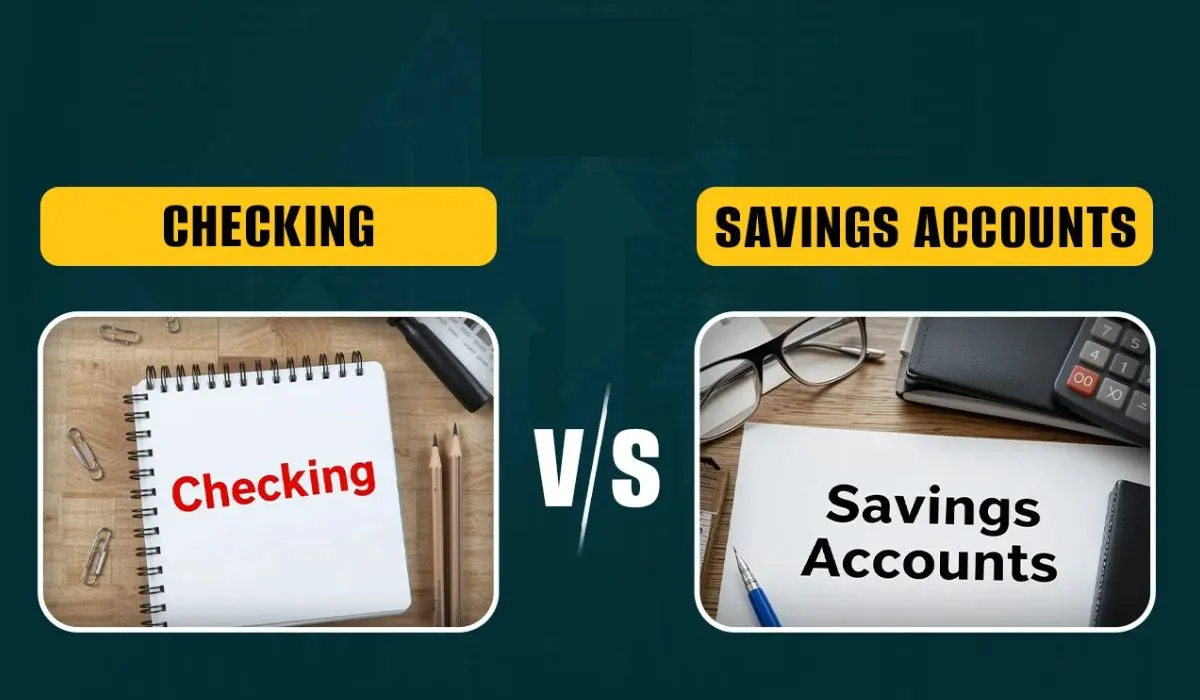They have a reasonable amount of cash on hand for emergencies, pay off their credit cards each month, and know where to find the cheapest grocery bargain.
They are savers. Maybe you are among them as well, or maybe you are aiming to be.
Saving is not a simple matter. Staying on target requires solid habits. Moreover, occasionally the same impulses that motivate individuals to save turn out to be obstacles.
Here are three categories of savers together with their ideal practices and those that can cause them to slow down. Determine your kind of saver and get ideas on how to improve.
The Budgeter

Most budgeters don’t buy the pricey coffee. They watch their spending to the penny and know precisely how much they save by brewing it at home. They also know how much their money is gaining (including their cash savings).
Habit to steal: Keeping track of every dollar. Budgeters can find the most efficient approaches to optimize their long- and short-term savings. They realize that modest sums may make a huge effect.
Habit to skip: Not placing enough importance on their time. Many budgeters enjoy a deal, so they take advantage of things like bank promos with introductory interest rates. The problem: When the campaign ends, they have to shift their money, or they'll wind up earning less than 1% on their cash. It's a lot of work to handle those ever-changing "deals."
A tip for budgeters: If you’re a budgeter, you may save yourself time and hassles by picking bargains wisely. It’s best to deal with reputable firms that always offer you a fair shake.
The Keep It Simple Saver
These savers don’t like spreadsheets. They assume being careful about the big financial decisions means they don’t have to worry as much about the little ones. They buy homes and automobiles they can easily afford, and frequently have cash left over every month. If people want that pricey coffee now and again, they feel comfortable about getting it.
Habit to steal: Automating their savings. These savers generally utilize automated payments to lay funds aside every month. It makes saving easy and straightforward.
Habit to skip: Not sweating the minor stuff. Unfortunately, even tiny costs may mount up and become huge ones, so it pays to analyze modest purchases carefully too.
A recommendation for keep-it-simple savers: If you want to keep things easy, yet discover you're not hitting your saving objectives, here are 2 techniques that help get you on track:
-
Take a spending break. Cut off discretionary expenditures for a brief time (1 or 2 weeks). This can help you break any pricey habits. Also search for automatic renewals to cancel services you no longer use or desire.
-
Do a spending check. Review the latest 3 months of your credit card and bank statements to discover issue areas. Pay attention to deceptive expenditures, such online subscriptions (which tend to go up every year).
-
Set an average daily expenditure limit. Also set an average daily average spending limit. This is cashflow management 101. Look at your take home income, deduct out your fixed costs (things like mortgage or rent payments, utilities and other debt obligations), then subtract out your savings objective for the month. You'll be left with your discretionary money. If you split your discretionary money by the number of days in the month, you'll have a daily spending limit you can easily follow. For instance, if the discretionary number is, let's say, $3,000 and there are 30 days in the month, your average daily expenditure limit is $100. If you treat yourself to an extravagant meal out on a Saturday night, and spend $200, you'll know you have to cut back for a couple of days.
Read Also: What Are Savings How To Calculate Your Savings
The Cookie Jar Saver

Cookie-jar savers know that every cent counts. But unlike budgeters, they don’t track their expenditures with a spreadsheet or app. They just don’t spend much. When confronted with a decision between a costly alternative and a cheaper one, odds are they’ll remark, “I don’t actually need it after all.”
Habit to steal: Keeping a good emergency reserve. These savers retain the necessary 6–12 months of spending in easy-to-access, low-risk accounts. That way, people feel prepared for just about everything.
Habit to skip: Being excessively cautious. Cookie-jar savers are uneasy with danger. They prefer to select comfortable, low-yielding places to store their money—like a cookie jar. The problem: Over time, inflation may chip away at the value of that cash. Even with a moderate 2% inflation rate, $100 this year will be worth the equivalent of $91 in 5 years.
A advice for cookie-jar savers: If you don’t like risk, try placing your savings into assets such as money market funds. They’re simply accessible and lower-risk than many other investments.
Make your saving personality work for you
Maybe you may relate to all 3 sorts of savers. Or maybe you have your own concept and system that works for you.
Whatever your plan, one vital aspect to effective saving is collaborating with a firm that puts your interests first. That way, you don’t have to worry about getting nickeled-and-dimed if you’re not paying attention.
You could think of Vanguard as a home for your brokerage holdings or retirement nest fund. But its conveniently accessible, lower-risk money market funds also make it a wonderful destination for your savings.
At Vanguard, you (the investor) control the funds that own Vanguard. It’s a unique framework that converts clients into owners.* So you can feel certain your hard-earned cash is working for you.
For more information on Vanguard funds, visit vanguard.com/fundprospectus to acquire a prospectus or, if available, a summary prospectus. Investment goals, risks, charges, fees, and other relevant information are provided in the prospectus; read and consider it carefully before investing. Vanguard is client-owned. As a client-owner, you own the funds that own Vanguard.
All investing is subject to risk, including the possible loss of the money you invest.










